Conservation asks for the protection of an existing ecosystem. Rewilding seeks to bring back and protect a ‘wild’ ecosystem that no longer exists, either in the physical world or in present memory. Rewilding, then, becomes a task of not just species introductions and land management, but also of historical immersion and retelling of narratives.
This piece focuses on Europe, and particularly on the British Isles. The focus on Europe here is not due to a Eurocentric bias, but because ‘rewilding’ as a practice can only be carried out in areas where the ‘wild’ has been ‘lost’. Europe being the first continent to lose much of its larger wildlife (its large mammals) is thus the obvious choice for rewilding. In other parts of the world, where larger wildlife and many ‘wild’ environments still exist, conservation is the focus of related movements. Further, the state of biodiversity in the UK is among the worst in the world, and this growing awareness has contributed to several interesting developments in rewilding.
Written by Sangam Paudel, Sustainable Futures Fellow at Forum for the Future
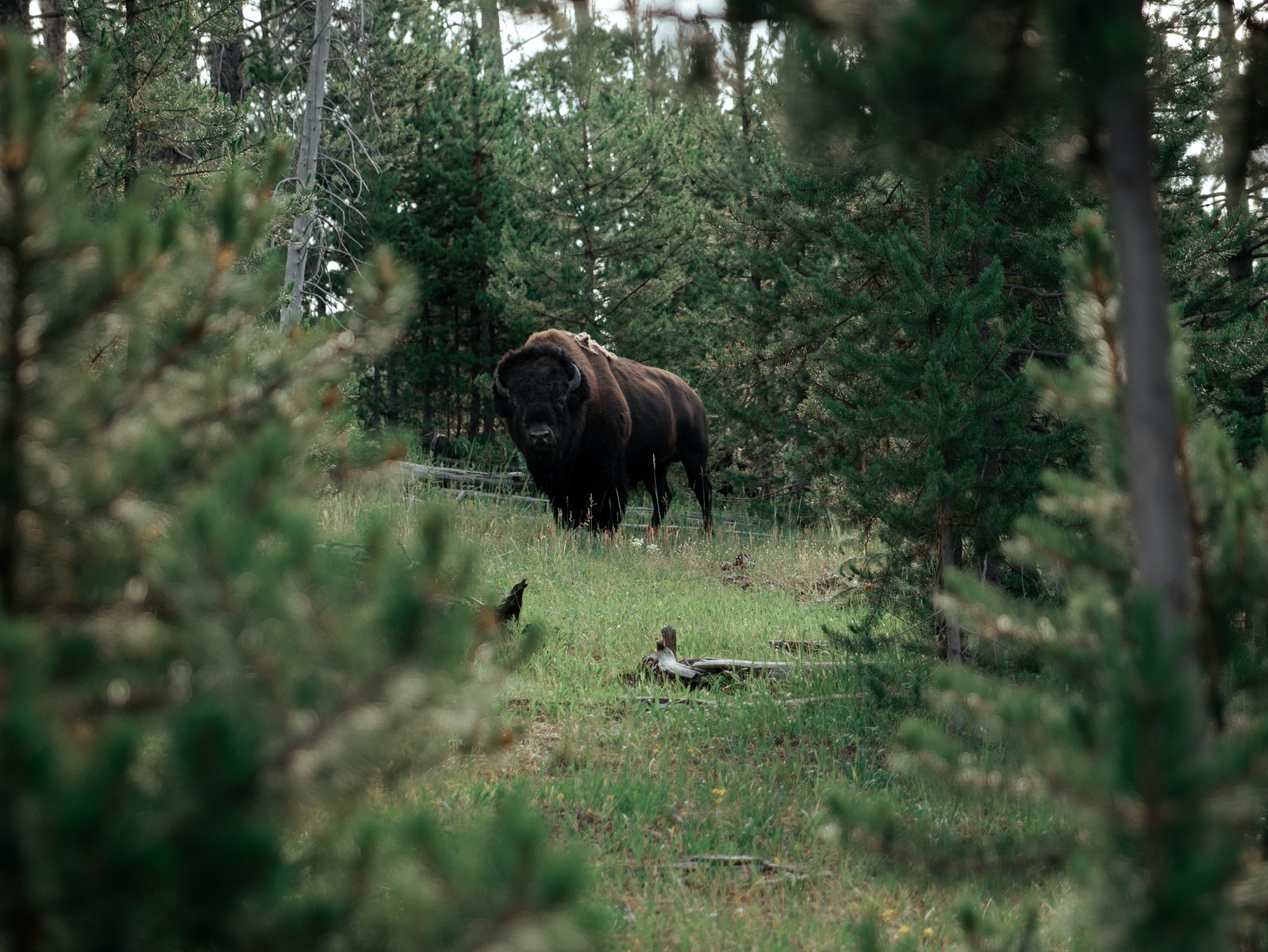
In 2014, after almost 200 years of absence, the European bison returned to Romania. The species had been gradually hunted to extinction by humans from most of its range over the past two millennia. Recently reintroduction of captive individuals through various rewilding projects managed to turn the tide and bring the bison back to the wild.
The concept of rewilding started with similar introductions of animals to areas from which they were extirpated. Over time, the meaning of rewilding expanded to include the restoration of ecosystems, such as forests and wetlands in areas where intensive land use greatly modified the natural ecosystem.
Recent years have seen increased interest in rewilding in highly industrialised nations, particularly in Europe. During COP26, Climate Action partnered with Highlands Rewilding, a nature-recovery company, to create a legacy woodland forest in the Scottish highlands that marked the country’s role in hosting the event. Other rewilding initiatives are undergoing deliberations in England and Scotland.
As the sector grows what are the emerging themes? What is the fundamental concept of rewilding and who are the stakeholders involved? What conflicts might arise? And ultimately, what do we value more, a wild landscape, or a certain degree of comfort with what we know?
Rewilding the land
So what exactly is rewilding?
The fundamental goal of a rewilding initiative is to restore the natural ecosystem processes of a landscape. The ecosystem processes involve the bio-geophysical processes such as the water cycle, the carbon cycle or the even broader energy cycle. Then there are the interactions between organisms, often summarised through food-webs and biodiversity indices. Natural healthy ecosystems consist of a diversity of such interactions and relationships (or webs), which are often absent or reduced in degraded ecosystems. A whole host of predators might be absent, for instance. The goal of rewilding is to restore these relationships. All this sounds extremely complicated to plan for, and it is extremely complicated – almost impossible – to meticulously carry out.
Rewilding is not about intensively re-designing a natural ecosystem. It is about undoing ecosystem harm and aiding nature’s efforts in bouncing back. If one were to ease the constraints of certain harmful human practises such as overgrazing or intensive damming, natural processes would re-occur. This could include bringing back the range of organisms that were formerly present in an area, restoring the hydrology of the site and removing pollutants that affect growth of organisms.
For instance, much of the forested areas in the Scottish uplands are run barren by overgrazing deer, while sheep overgrazing turned vast areas of Wales into biodiversity deserts. Overgrazing prevents seedlings from growing into trees, meaning the forests and their biodiversity die a slow death – eventually turning into barren lands. Meticulously planting and caring for seedlings is economically infeasible. Rewilding initiatives in these areas would have to target the agent of ecosystem harm – overgrazing deer and sheep populations. Forests that are fenced in experience growth of seedlings and early trees. The UK Lynx Trust advocates reintroduction of lynx, which existed in Yorkshire until the sixth century before increased persecution and habitat loss, to control deer populations and restore the forests.
In his book Feral, George Monbiot stresses that rewilding ‘is crucially different from the ethos of human domination. Rewilding is about humility, about stepping back.’
Once the missing aspects of nature are made free from their constraints, nature can re-wild on its own.
Stakeholders? – large landowners, farmers, cities
The major stakeholders in rewilding are those that exercise ownership and power over the lands. Understanding the land cover distribution and land ownership models, which are often unique to individual nations, is the first step in diagnosing the stakeholders for rewilding.
- Large landowners are driving rewilding.
Given that populations in industrialised nations are concentrated in cities, much of the land for rewilding is owned and managed by a small group of people and institutions. Thus it is no surprise that in the UK, land trusts, estates, and other large landowners are driving the efforts towards large-scale rewilding. These efforts are funded by government institutions, non-governmental organisations, private investment, and even public fundraising. Non-profit organisations include local organisations such as The Big Picture charity in Scotland, specialised pan-European initiatives such as Rewilding Europe, and of course traditional conservation organisations such as WWF.
Woodland Trust Scotland completed the purchase of the 4500 acre Couldoran Estate in the Scottish Highlands, using financial reserves and fundraising expected to cover the cost of buying and managing the estate. Various organizations that own a third of England’s land have signed a pact to carry out the restoration of woodlands, peats, and rivers. English naturalist Chris Packham has been spearheading the ‘rewild the royals’ campaign, calling for the crown estate to pledge parts of its lands towards rewilding.
- Farmers, and farming practices, will be key.
In highly industrialised countries, farmers comprise a small portion of the population. Yet, they use large parts of the country’s land. In the UK, while 71% of the land was used for agriculture (labelled Utilised Agricultural Area, UAA), only 1.44% of the population was employed in the agricultural economy (UK government reports). Compared to the average citizen, farmers own or control a disproportionately large amount of land.
As such, popular support for rewilding will mean little unless there is buy-in from farmers. Both historical and modern farming practises and their land-use changes have contributed to the degradation of much of the UK’s wildlife. Intensive fertiliser use coupled with intensive farming has depleted the soil and greatly reduced the diversity of most landscapes. Changes in many of these practises will be necessary for rewilding to proceed. Farmers cannot be left out of this conversation.
Rewilding has also sparked a fear among farmers regarding potential exclusion from their historical lands and the consequent severing of cultural ties. This fear is especially profound in Wales, where almost 90% of the land is used for agriculture and many agricultural communities form part of the Welsh-speaking population. Severing farmers’ ties with their farms could be viewed as severing the Welsh people’s ties to the Welsh nation, further contributing to the erasure of Welsh culture. If we are to look at rewilding as part of a just and regenerative transition (and we should), we cannot ignore the cultural relationships between people and their land. Rewilding should not repeat the exclusionary practises of early conservation efforts. The new economic models that rewilding develops should instead leverage and strengthen the farmer’s knowledge of and ties to their lands.
Government policies and incentive schemes might aid rewilding, but concerns are arising on food security and offshoring of food production. As part of the UK government’s net-zero strategy, various Environmental Land Management (ELM) schemes including Local Nature Recovery Schemes which pay farmers for practises that benefit rewilding (such as planting trees, restoring peat, and managing hedgerows to support bird and insect populations) are being tested. Schemes such as these are intended to replace EU farming subsidies, which rewarded farmers largely on the amount of land farmed and discouraged any non-agricultural growth.
Still, the National Farming Union has raised its fears about rewilding’s impact on food security. The prospect of food insecurity and increased reliance on imports could prove to be a strong resistance to further efforts. Further, while a rewilded UK might make the country a biodiversity haven, if the movement is followed by offshoring of food production to other economies, it would hamper the global efforts to conserve biodiversity and reduce carbon emissions.
- Cities could be rewilded.
Beyond the large-scale rewilding initiatives carried across sparsely populated lands, various cities are also looking to incorporate ‘wild’ elements in their environments. The pandemic and the subsequent lockdowns raised the importance of embedding green spaces within urban landscapes for recreation and mental wellbeing.. In cities such as Barcelona, public support has increased for the city council’s rewilding plans following the coronavirus lockdowns. London is looking at urban rewilding schemes, focusing on restoring the ecosystem processes in its various parks and potentially reintroducing beavers and voles to its waters. Considering that in 1957 large parts of the river Thames were declared ‘biologically dead’, this is great news for biodiversity recovery. Singapore’s rewilding plan seeks to introduce naturalistic landscapes and improve native plant species growth. Admittedly, some of the rewilding plans in growing cities fail to reach the state of a natural, wild ecosystem. Perhaps, this highlights the limitations that cities have in rewilding their areas, given the constraints of safety and urban growth. Still, successes – such as the revival of previously extirpated otters in Singapore, without any direct rewilding efforts – does show the potential for cities to carry out rewilding efforts.

Hurdles in action
Beyond the specific difficulties mentioned above, rewilding initiatives might also have to acknowledge certain compromises.
- Rewilding is bound to lead to conflicts. How these conflicts are managed will influence public opinion and support for rewilding.
Introductions of wild animals to areas where people have gotten used to their absence is likely to lead to human-wildlife conflicts. Wolves and lynx could be viewed as threats to livestock and people, and introduction of voles and beavers might be opposed by those who depend on the waterways. Bear attacks in France, otter attacks in Singapore, and conflicts between farmers and wolves in Croatia hint towards greater conflicts as rewilding initiatives grow. How officials and other advocates of rewilding respond to the concerns of those involved in the conflict is likely to influence public opinion on rewilding. - Rewilding will likely not result in the same ecosystem as of the past. And that is not necessarily bad.
Introductions of wild animals to areas where people have gotten used to their absence is likely to lead to human-wildlife conflicts. Wolves and lynx could be viewed as threats to livestock and people, and introduction of voles and beavers might be opposed by those who depend on the waterways. Bear attacks in France, otter attacks in Singapore, While the vision that rewilding initiatives have is often of a thriving natural ecosystem of the past, current realities and needs will likely limit the achieving of that vision. A thriving natural ecosystem strengthens climate change mitigation and develops adaptation to climate-induced disasters, but competing economic interests and cultural needs for certain landscapes are likely to push for a compromise in rewilding initiatives. A compromise that is founded in collaboration and with the principles of a just transition is also probably better for the continuance of rewilding initiatives.
Rewilding is likely to occur on a spectrum, ranging from full-fledged habitat restoration and reintroductions carried out in certain areas to only limited reintroductions in some others. Cities, with all their constraints, are likely to fall on the latter part of this spectrum.
In some areas, the degradation of ecosystems and the inability to reintroduce certain organisms might lead to different species assemblages than expected.
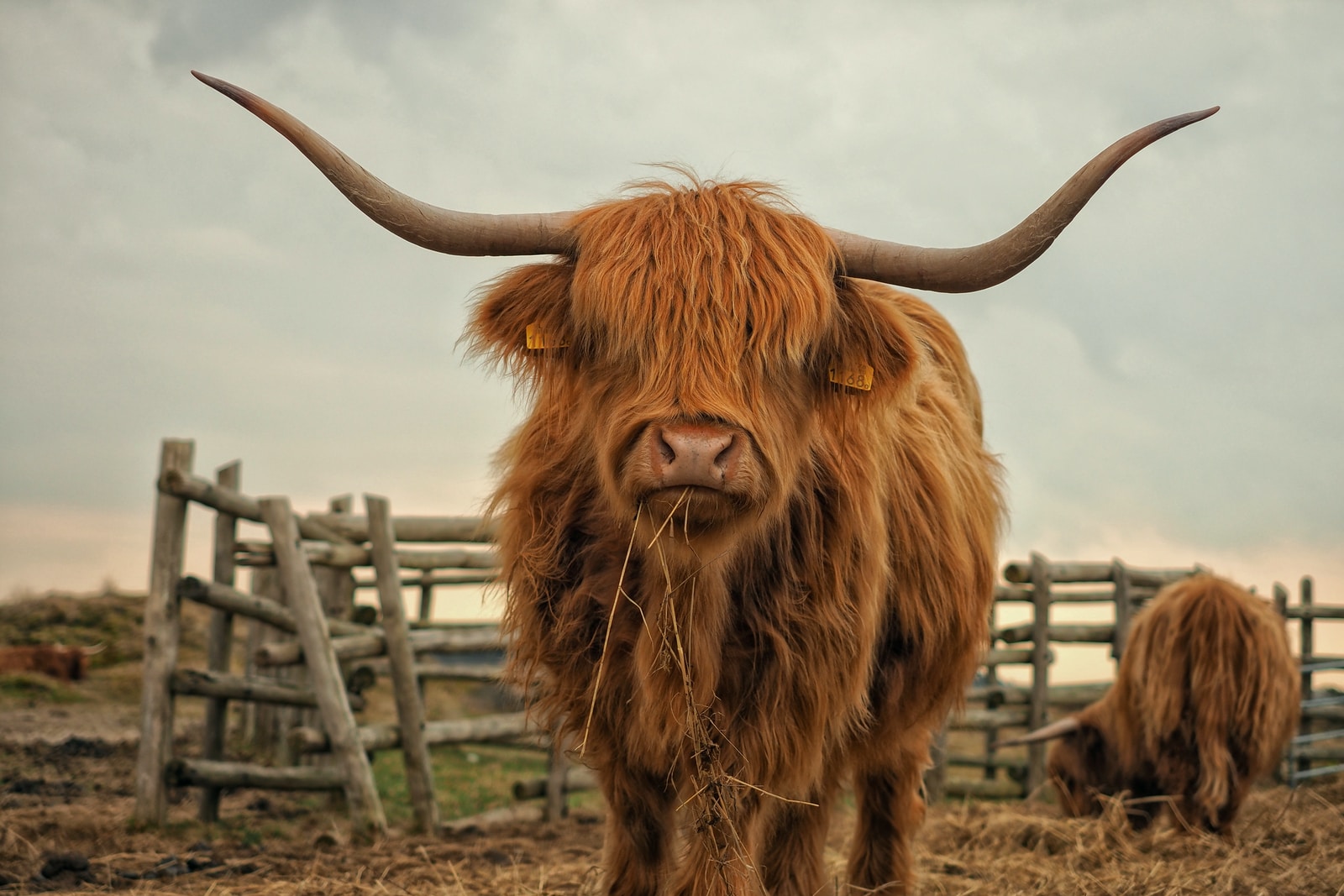
Working with unexpected results, rather than stubbornly seeking a specific vision, is more in line with the ethos of rewilding.
The stakeholders involved and the various ongoing developments give us a hint of where rewilding might progress in the future and what we should look out for. Complementing these ongoing developments, the following section ‘Rewilding the Mind’ provides a brief overview of why we think about the environment in certain ways and how that might influence rewilding.
Rewilding the mind
Rewilding is a journey to move from a present-day degraded ecosystem to a healthy, functioning ecosystem that existed in the past. While we know much about the present degraded ecosystem, how much do we know about the past? If our vision of the past environment is muddled by inaccuracies and false narratives, rewilding efforts are likely to miss the mark.
It turns out that certain aspects of our thinking limit us from visioning a rewilded future. Understanding these limitations will aid in better rewilding projects.
- Ecosystem harm has been ongoing for so long that we’ve internalised highly degraded ecosystems as natural and even desirable.
Many of the landscapes that are considered picturesque, including much of the UK’s denuded uplands and biodiversity-poor lowlands, are results of historic and modern ecosystem destruction. The impacts of sheep and deer overgrazing that prevent the conversion of grasslands to forests are well documented. Of course, that is not to say all moorlands and heathlands are undesirable or that all lands should be forested. The point is that natural succession of many areas into more biodiverse and resilient ecosystems are actively prevented by intensive management and grazing because of the internalisation of the greater value of moors and heaths over forests.
Such narratives have been developed over centuries and have now been institutionalised with the help of dedicated bodies that preserve these ecosystems. Some areas that would be otherwise considered degraded have been assigned cultural status. Many of these landscapes are normalised through their depiction in culture (consider the moors from Wuthering Heights), creating an internalised cultural narrative that these landscapes are valuable and desired.
Yet when we think about rewilding and challenging existing narratives, we need to be cautious of harmful narratives that we as proponents of rewilding might inadvertently support.
- In his work ‘The Trouble with Wilderness’, William Cronon argues that the idea of ‘wilderness’ (that had then been propagated by the environmental movement in the United States) considered an environment devoid of human influence as desirable and natural, and any other environment as spoiled and undesirable. Such a narrative ignored the sustainable connections that people had had with their land and in its extreme manifestations contributed to the forceful removal of many peoples from their lands.
In tackling the narratives that have normalised environmental harm we should be cognizant of the healthy relationships that some people had with their land, and still do (which we can learn from). There are indigenous people who manage their land well, just as there are areas that have practiced regenerative agriculture for thousands of years. The goal of rewilding should not be to return to some tabula rasa environment, but rather to promote the healthy relationships that people have with their lands, while disincentivizing the relationships that harm both people and their lands.
The act of rewilding the land will thus require a rewilding of the mind that considers the nuances of human-nature relationships.
One will have to question whether what they consider ‘natural’ is in fact a healthy ecosystem or if it is merely a result of a repeated narrative.
Accurate communication of science and an exploration of history will probably aid in rewilding the minds.
- A shifting baseline of what is ecologically acceptable weakens the goals of rewilding.
In his book, ‘Feral’, George Monbiot introduces the shifting baseline concept (used in the study of fisheries) in thinking about rewilding. He argues that people of every generation regard the condition of ecosystems that they experienced in their childhood as normal. When these children grow up to become advocates and advisers, they often call for restoration of plants, animals and ecosystems to the levels of their childhood. In a world with rapid ecosystem degradation, this process pushes the acceptable ecological baseline further and further towards that of depletion. In setting goals for rewilding, one should be aware of these biases and set ambitious goals.
- Rewilding projects can form part of experiential futures.
Early successes in rewilding provide a proof-of-concept that the measures taken to modify the land can indeed improve biodiversity and ecosystem processes. Sites such as Knepp Wildland, once an intensive farmland, highlight the potential of rewilding. Importantly, these rewilding projects can also act as ‘artefacts’ of the future, allowing ‘participants’ to experience what a future with rewilding could look like. ‘Participants’, whether they be estate owners, farmers, or urban residents, could experience ‘rewilding’ by visiting these rewilded areas and thus be more secure in their decisions to carry out or support rewilding practises. Successful rewilding projects could convince estate owners to pledge more of their lands towards rewilding; for farmers who are often risk-averse, these projects could show that rewilding certain areas while farming in others is possible; for urban residents, experiencing rewilded areas might increase their support towards rewilding in their own neighbourhoods.
Initial successful rewilding projects can thus provide people with alternative visions of what land could look like, allowing them to question their own idea of ‘ideal land use’ and potentially ‘rewilding’ their minds.
Beyond physical immersion in rewilding sites, technology, art, and literature can also enable us to write and tell new stories about rewilding (think an immersive rewilding storytelling through a VR experience!), helping shift narratives about the past environment and changing people’s visions of what the future could look like.
The recent developments in rewilding are certainly exciting, with discussions cutting across topics as diverse as urban design, agricultural subsidies, land rights, cultural ties, and environmental storytelling.
While various aspects of these discussions make their way into daily news, readers wishing to learn more about rewilding initiatives can follow the various rewilding organisations and initiatives across the UK, such as Rewilding Britain, Trees for Life, and The Scottish Rewilding Alliance. Rewilding Europe’s European Rewilding Network also provides a map of the various rewilding projects happening across Europe.
If you would like to chat more, please get in touch at s.paudel@forumforthefuture.org
Essential Reads:
- Feral by George Monbiot
- The Trouble with Wilderness: Or, Getting Back to the Wrong Nature by Willliam Cronon
Want regular insights and glimpses of the future straight to your inbox?
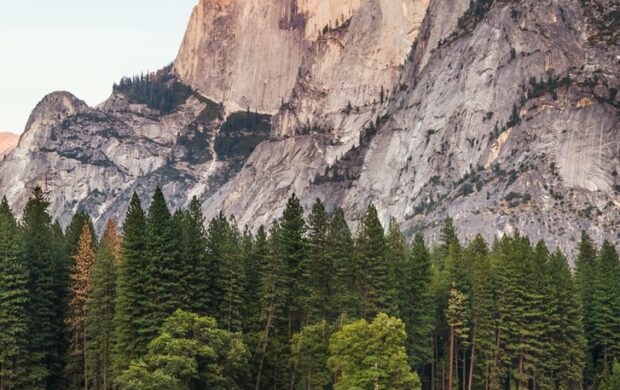


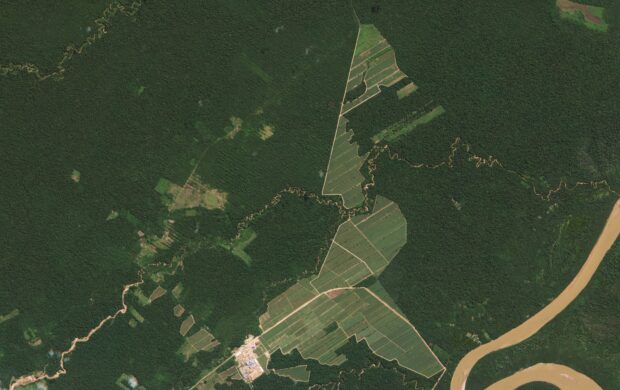
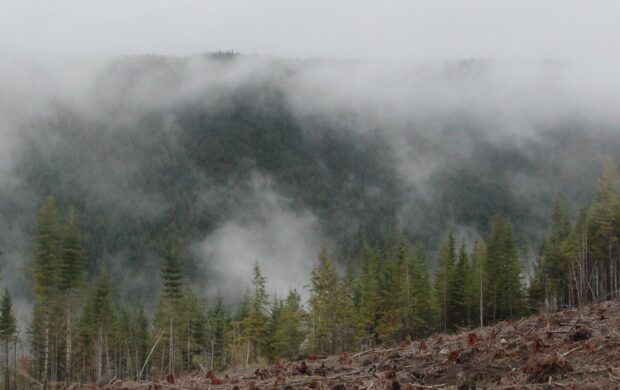
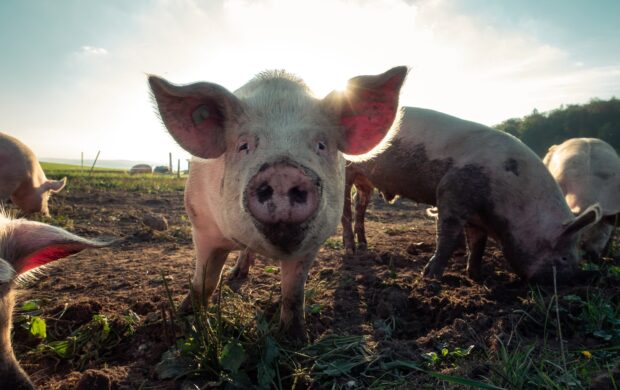
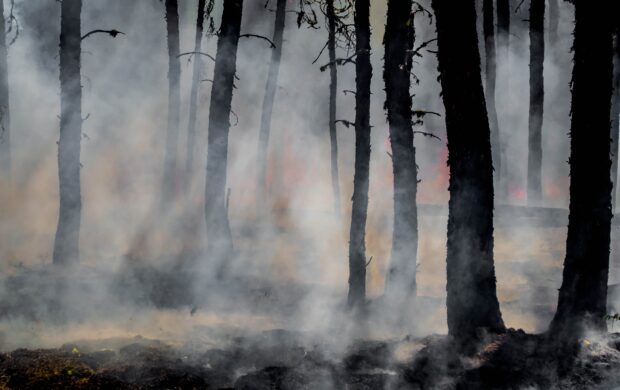
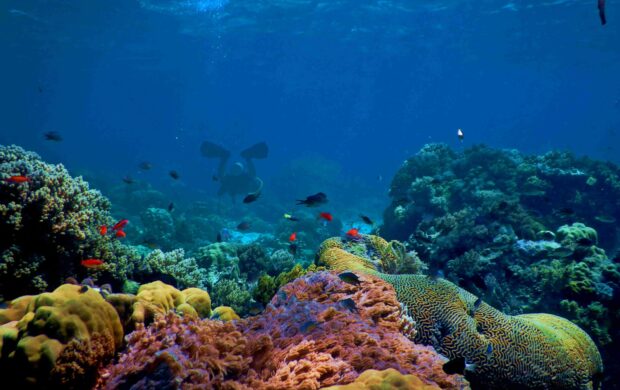
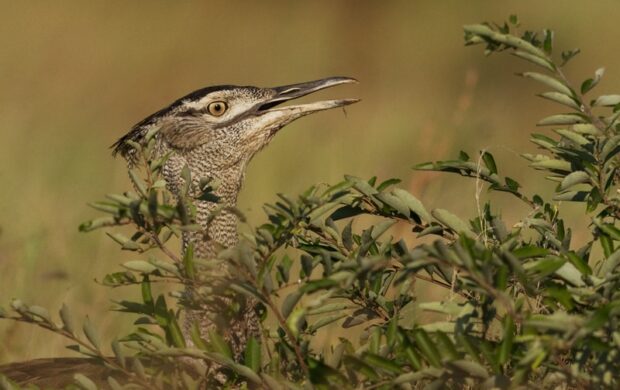




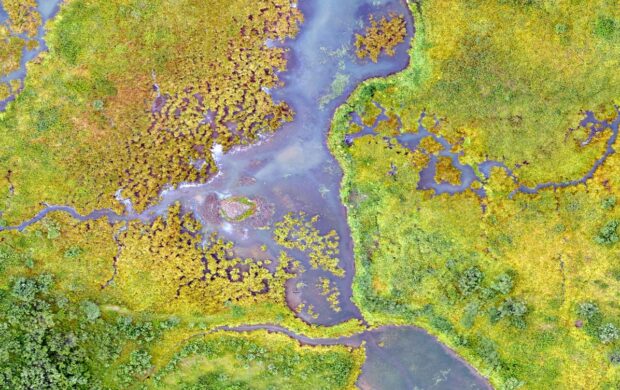
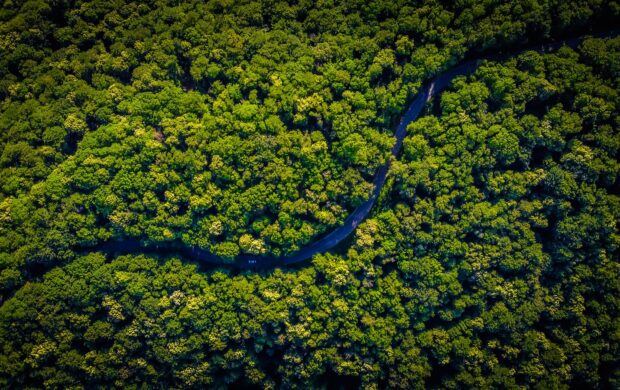





Join discussion